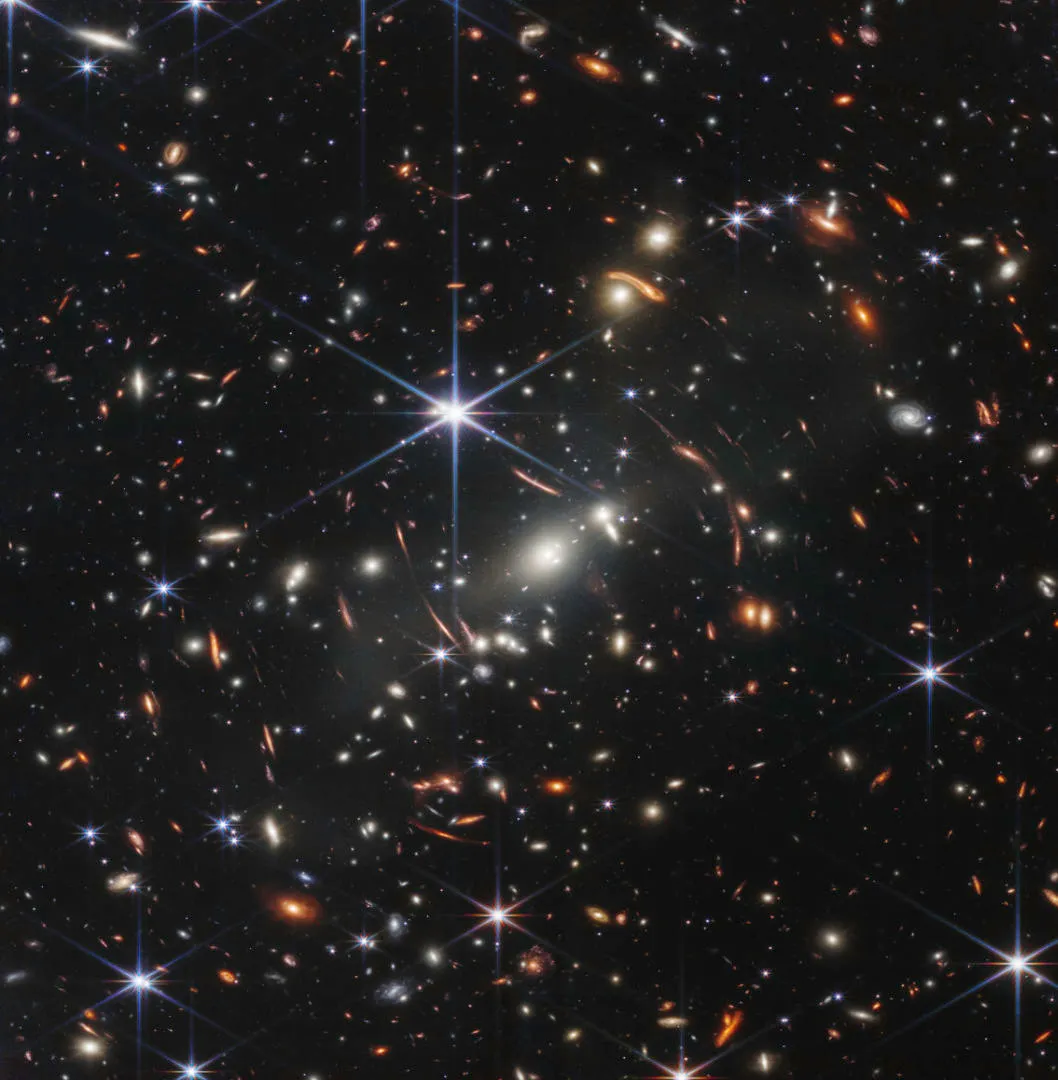A younger version of our own Milky Way, recently discovered by the James Webb Space Telescope, could give a window into our own Galaxy’s youth, as it is far enough away that we are seeing it as it was 9 billion years ago, when the Universe was only 4 billion years old.
The galaxy has been dubbed the Sparkler, due to the large number of globular clusters and satellite galaxies surrounding it.
Our own Milky Way has 200 such clusters.
The Sparkler as we see it is only 3% the mass of our Galaxy today, but is expected to grow over time by merging with other galaxies.
It is currently in the process of swallowing a dwarf galaxy.

"We appear to be witnessing, first hand, the assembly of this galaxy as it builds up its mass – in the form of a dwarf galaxy and several globular clusters," says Duncan Forbes from Swinburne University of Technology in Australia, who led the study.
The distant galaxy is visible as its light has been magnified by gravitational lensing.
The team will now attempt to take a deeper image of the Sparkler, hoping to find more clusters and satellites around the galaxy.
"We are excited by this unique opportunity to study both the formation of globular clusters and an infant Milky Way, at a time when the Universe was only a third of its present age."
Find out more about this story at www.swinburne.edu.au/news/2023/02/distant-galaxy-mirrors-the-early-milky-way/
